Attending the seminar were 100 delegates including a number of units, experts, businesses operating in the mulberry field, community agricultural extension workers, youth union members, cooperative members, cooperative groups, farms, and farmers directly involved in production in communes in the Di Linh area (Di Linh, Hoa Ninh, Hoa Bac, Dinh Trang Thuong, Bao Thuan, Son Dien, Gia Hiep).
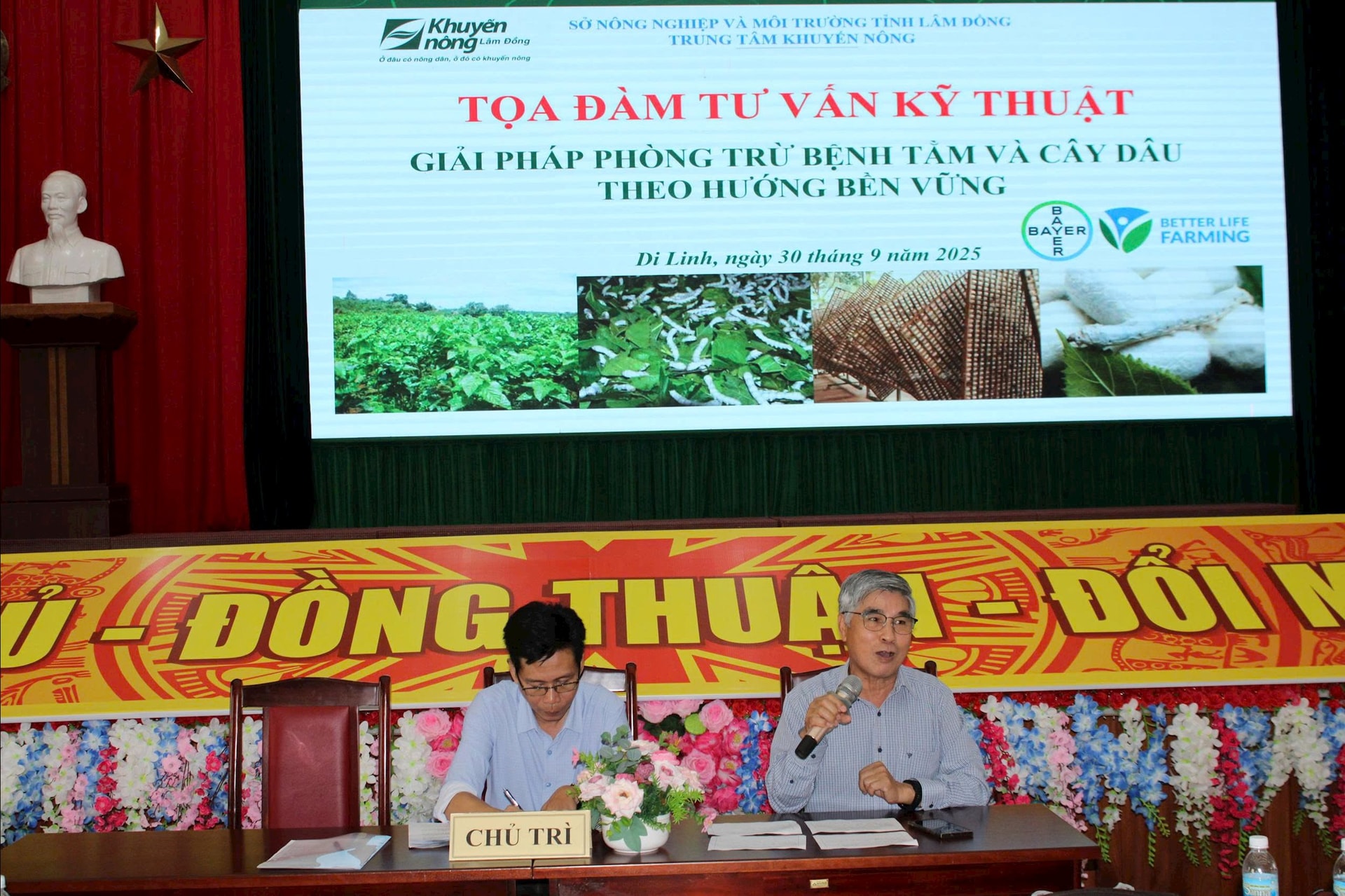
Speaking at the opening of the seminar, Mr. Nguyen Duc Thien - Deputy Director of Lam Dong Provincial Agricultural Extension Center said that the sericulture industry plays an important role in agricultural economic development, contributing to job creation, income increase and preserving the cultural identity of many rural areas.
However, in recent years, mulberry production and silkworm breeding are facing many difficulties due to the impact of pests, climate change, as well as limitations in techniques and seed sources. If diseases on mulberry trees and silkworms are not effectively controlled, they will cause great damage to productivity and cocoon quality, thereby directly affecting the lives of farmers and the sustainable development of the industry. Therefore, the seminar aims to provide scientific information and update technical advances in managing mulberry and silkworm diseases. At the same time, introduce biological control solutions, safe and sustainable cultivation, reduce the use of toxic chemicals, etc.
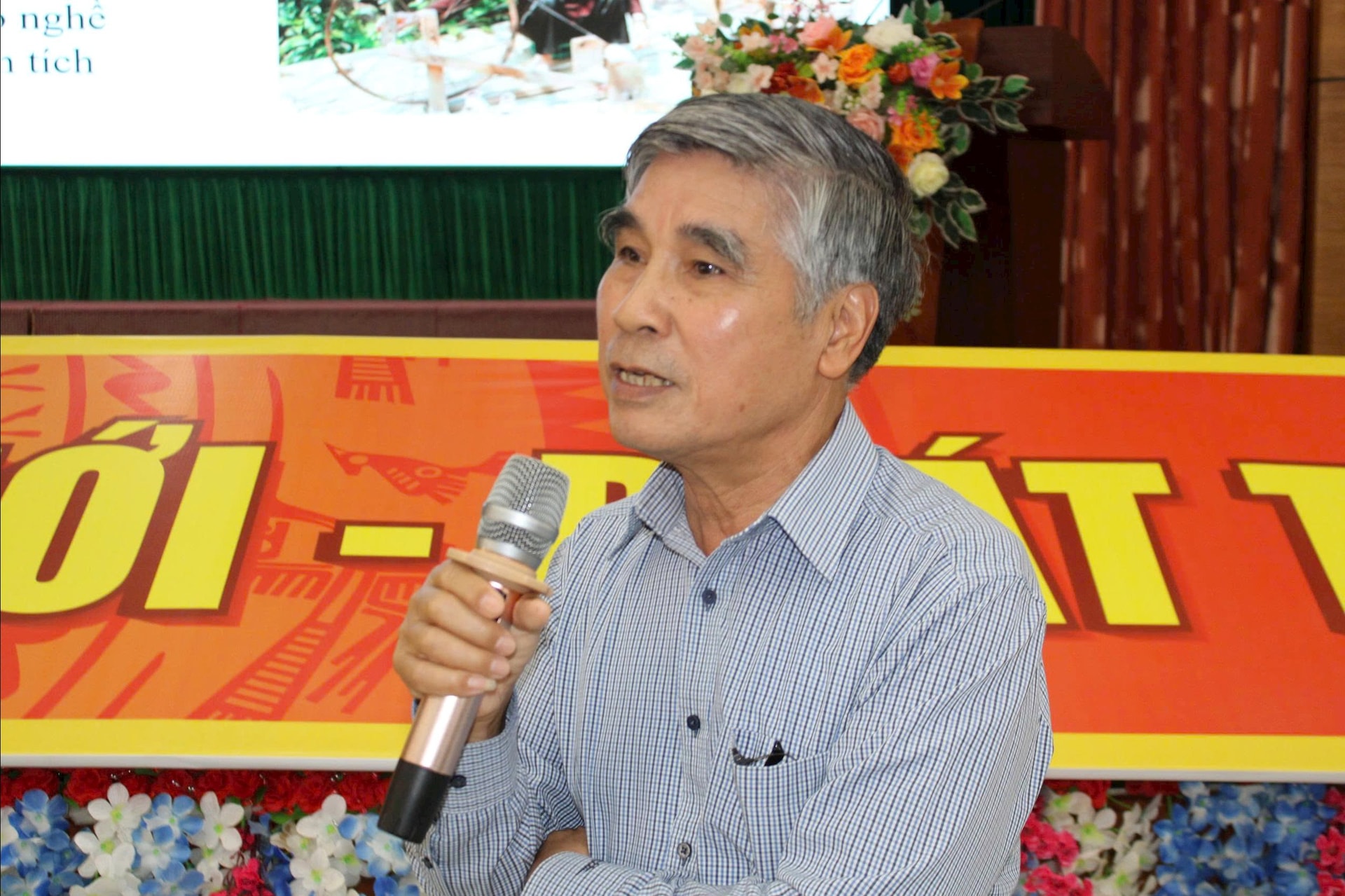
At the seminar, delegates directly discussed and shared experiences and difficulties from the production practices of farmers and businesses. From there, they found suitable, effective and long-term directions. Along with that, experts and managers shared some useful and practical information, contributing to improving the effectiveness of disease prevention, ensuring the sustainable development of the sericulture industry in the coming time.
Sharing at the seminar, Dr. Le Quang Tu - The Chairman of the Vietnam Sericulture Association said that currently the whole country has 36 provinces There is a profession of growing mulberry and raising silkworms with an area of about 14.2 thousand hectares of mulberry. In fact, mulberry trees are currently fertilized with little organic fertilizer, unbalanced NPK fertilizer, overuse of pesticides and herbicides, and improper pruning techniques, leading to many diseases in mulberry gardens, low productivity and leaf quality. The current mulberry garden is severely affected by rust and leaf spot diseases due to complex climate changes, cloudy weather, and prolonged light rain. In addition, the quality of silkworms is uneven and tends to decrease, houses and tools for raising silkworms are not uniform and have little improvement. Attention has not been paid to the quality of mulberry leaves for silkworms. Diseases that harm silkworms are still common, especially in areas where mulberry trees are intercropped with other crops.
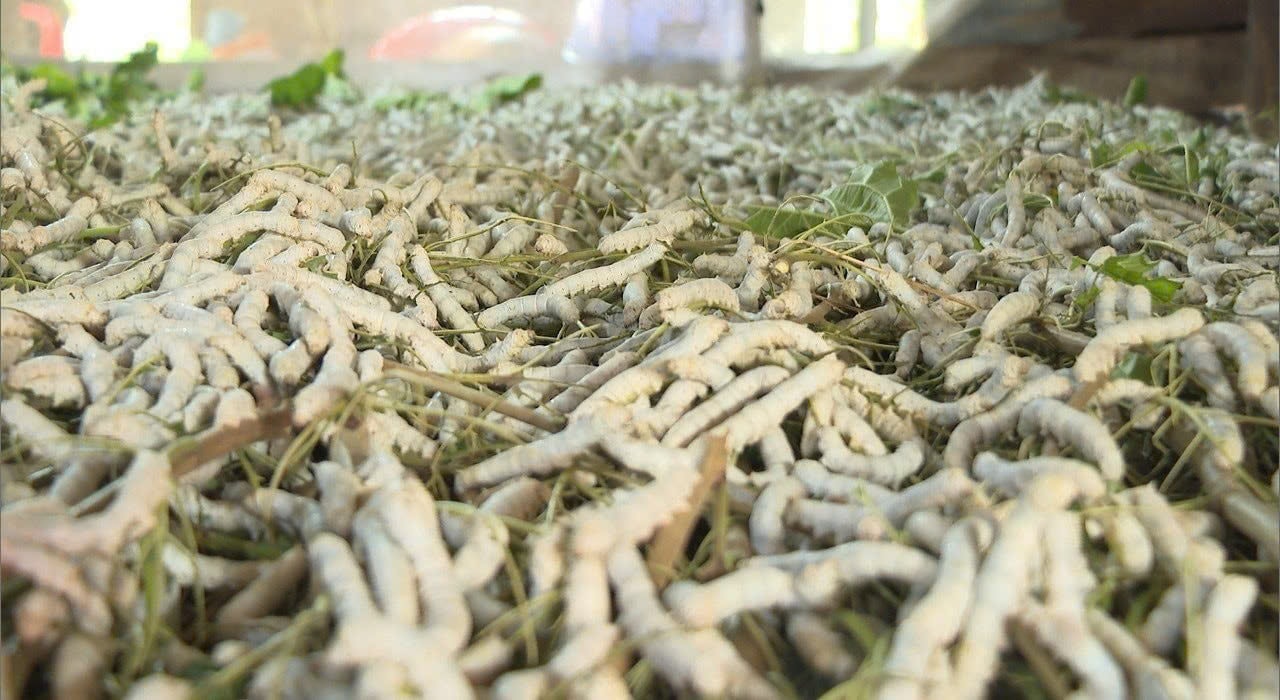
Therefore, regarding the upcoming development orientation, Dr. Le Quang Tu said that it is necessary to build an automatic silk reeling factory so that the silk quality reaches level 2A; connecting the processing factory with the raw material supply area. At the same time, training a source of management human resources and skilled professional workers...
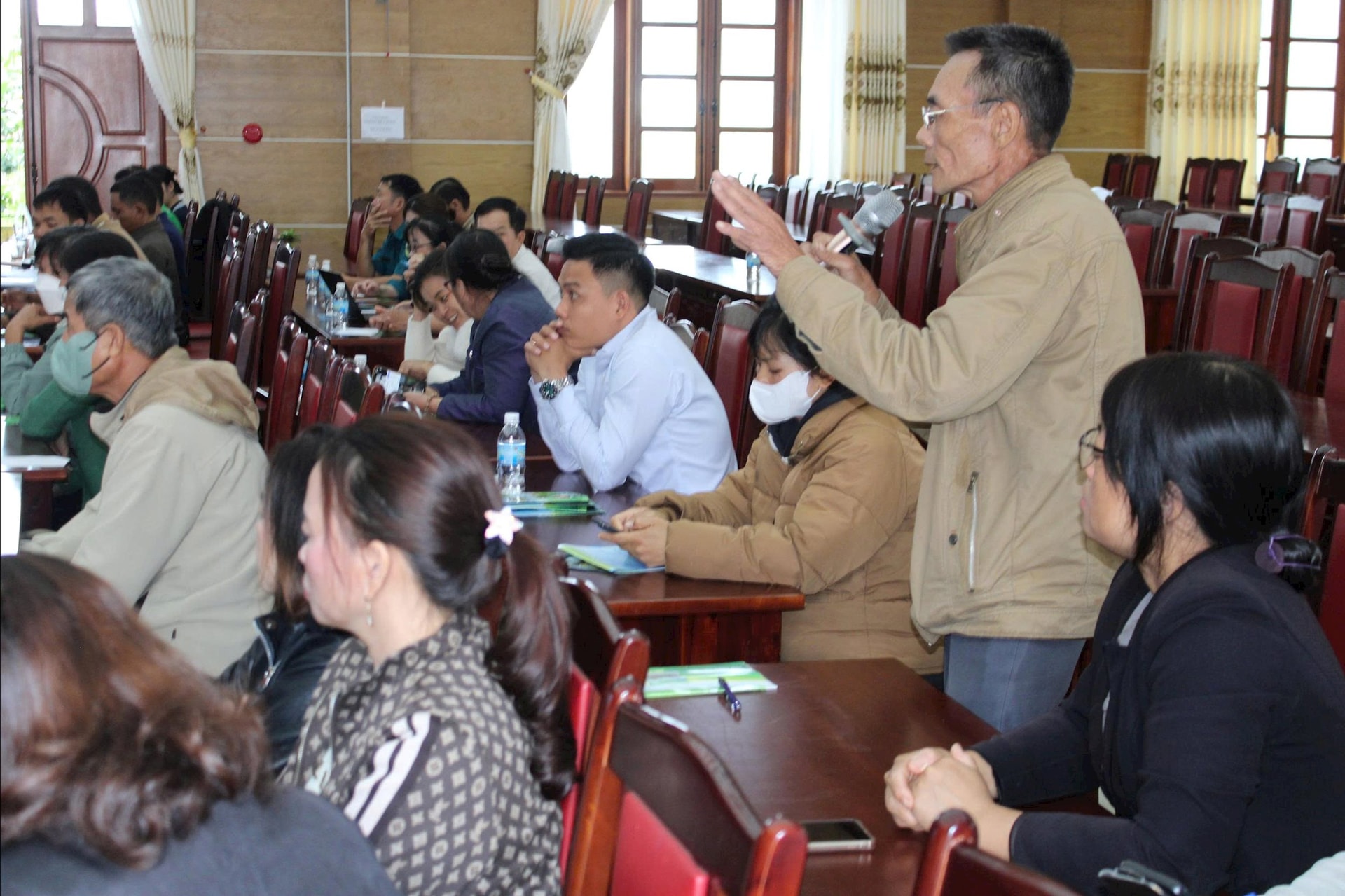
According to the Provincial Agricultural Extension Center, the mulberry growing area in the province in 2025 is estimated at 10,600 hectares, of which the commercial area is about 10,505 hectares, the yield is estimated at 219 quintals/ha, the output is estimated at over 308,000 tons/ha. Lam Dong currently ranks first in the country in terms of mulberry growing area, grown concentrated in some localities such as wards 2,3 Bao Loc; communes Tan Ha Lam Ha, Dinh Van Lam Ha, communes Da Teh 2,3, Dam Rong 3,4...
Source: https://baolamdong.vn/toa-dam-ve-giai-phap-phong-tru-benh-tam-va-cay-dau-theo-huong-ben-vung-393882.html


![[Photo] Solemn opening of the 8th Congress of the Central Public Security Party Committee, term 2025-2030](https://vphoto.vietnam.vn/thumb/1200x675/vietnam/resource/IMAGE/2025/10/4/f3b00fb779f44979809441a4dac5c7df)

![[Photo] Bustling Mid-Autumn Festival at the Museum of Ethnology](https://vphoto.vietnam.vn/thumb/1200x675/vietnam/resource/IMAGE/2025/10/4/da8d5927734d4ca58e3eced14bc435a3)
![[Photo] General Secretary To Lam attends the 8th Congress of the Central Public Security Party Committee](https://vphoto.vietnam.vn/thumb/1200x675/vietnam/resource/IMAGE/2025/10/4/79fadf490f674dc483794f2d955f6045)



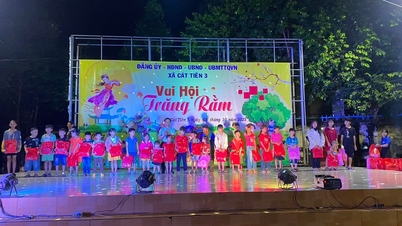


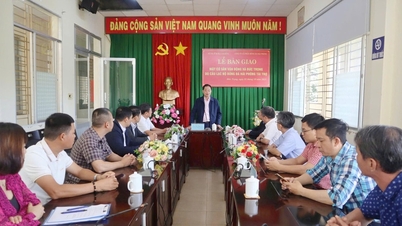
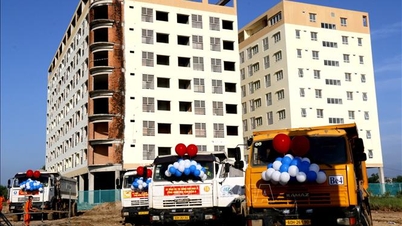





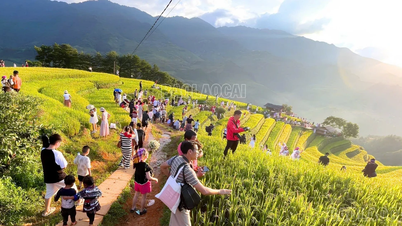

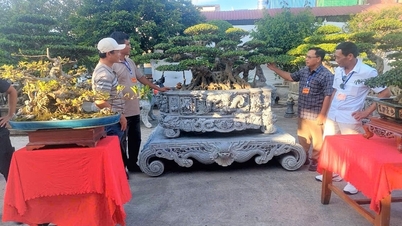

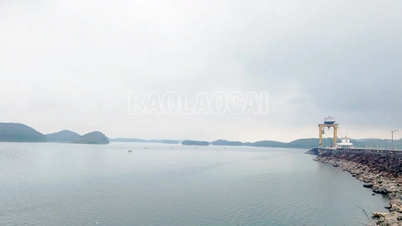
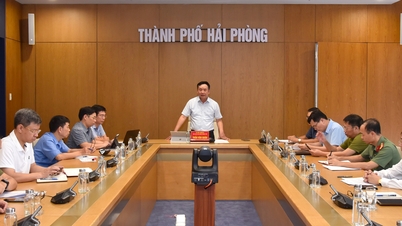
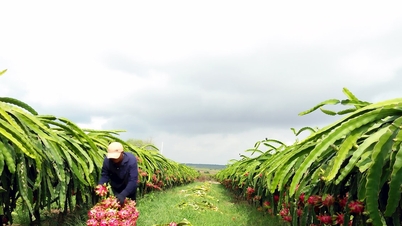




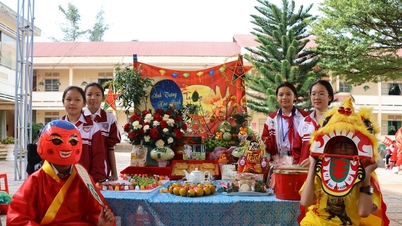
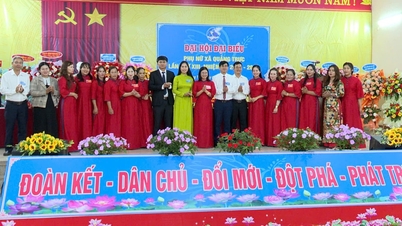
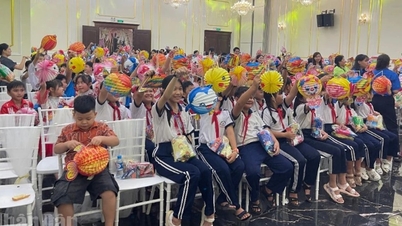
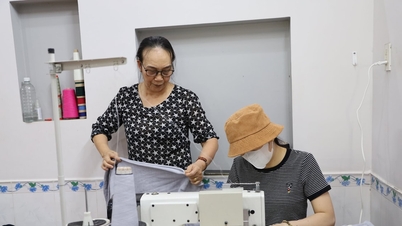
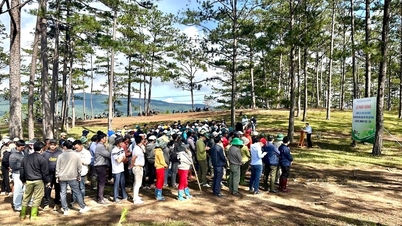
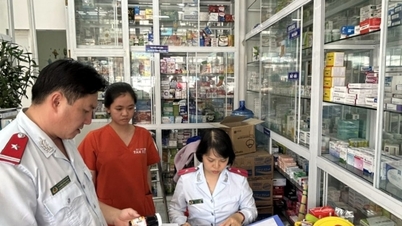



























![[VIDEO] Summary of Petrovietnam's 50th Anniversary Ceremony](https://vphoto.vietnam.vn/thumb/402x226/vietnam/resource/IMAGE/2025/10/4/abe133bdb8114793a16d4fe3e5bd0f12)

![[VIDEO] GENERAL SECRETARY TO LAM AWARDS PETROVIETNAM 8 GOLDEN WORDS: "PIONEER - EXCELLENT - SUSTAINABLE - GLOBAL"](https://vphoto.vietnam.vn/thumb/402x226/vietnam/resource/IMAGE/2025/7/23/c2fdb48863e846cfa9fb8e6ea9cf44e7)















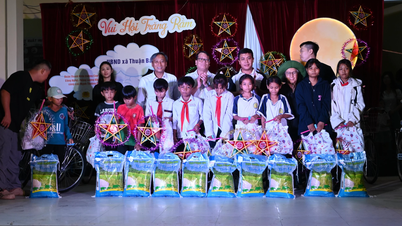




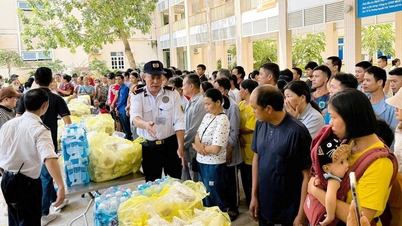

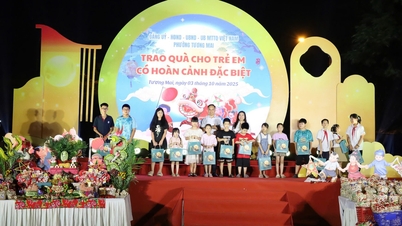
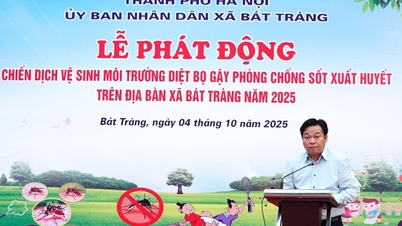








Comment (0)